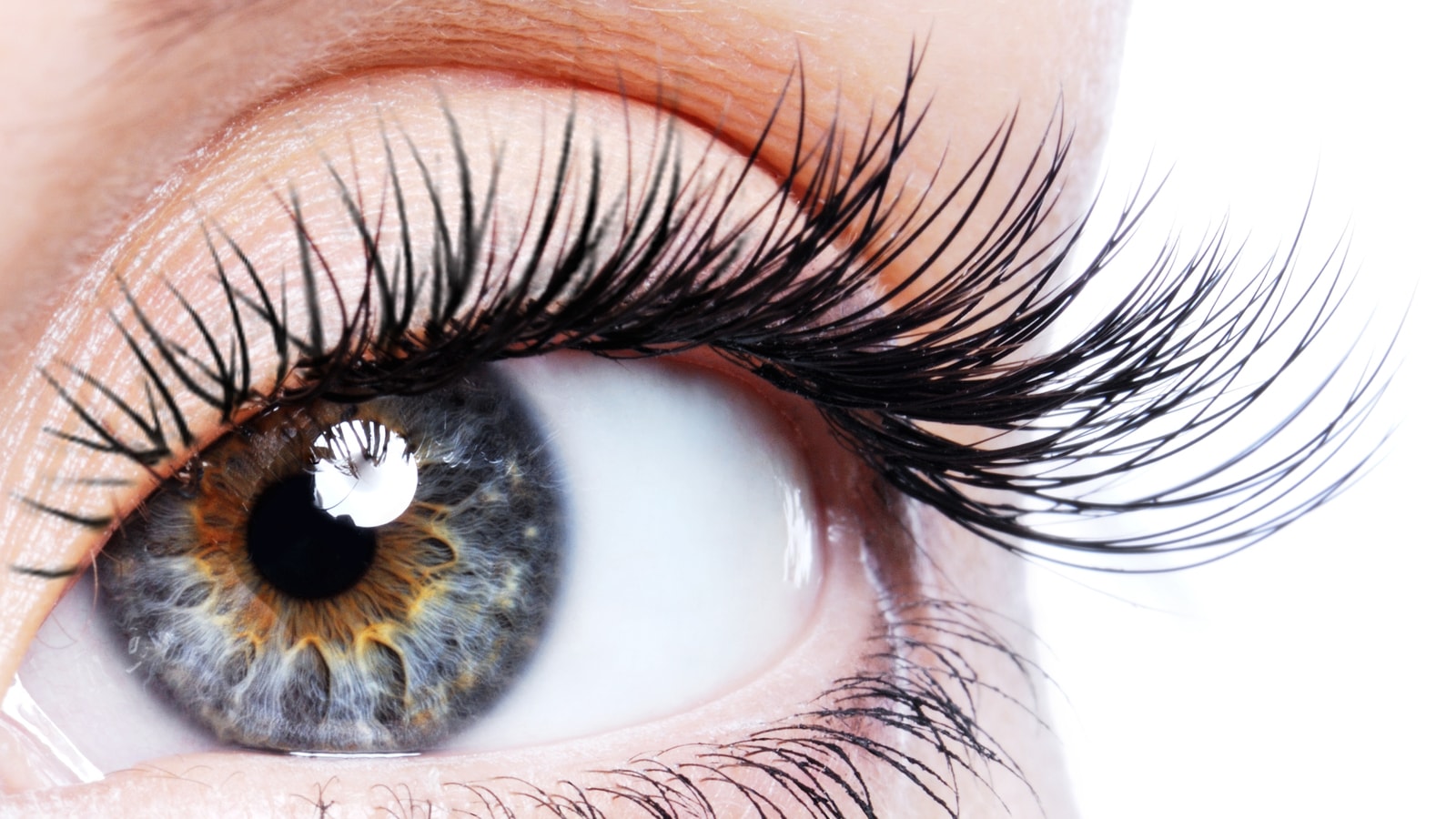
Eyelash hair transplants offer a permanent, natural-looking solution for those seeking fuller, longer lashes. Eyelash Hair Transplant in Abu Dhabi provides a state-of-the-art approach, ensuring beautiful, lasting results. Understanding each stage of the process can help set clear expectations and ease any concerns. This detailed guide breaks down every step, from preparation to post-procedure care.
Preparing for the Procedure
Before the actual transplant, a consultation is typically scheduled. During this session, the current condition of the eyelashes is assessed. The desired look, including lash density and length, is discussed in detail.
A small area on the scalp or another suitable part of the body is usually selected as the donor site. The hair here should closely match the natural thickness and texture of eyelashes. Instructions on pre-procedure care are provided, which might include avoiding certain habits or products that could affect the hair or skin.
Harvesting the Donor Hair
On the day of the procedure, the donor area is carefully prepared. Hair follicles are extracted individually using a precision technique, often referred to as follicular unit extraction (FUE). This process ensures that only the healthiest and most suitable hair follicles are chosen.
Harvesting requires skillful handling to protect the follicles’ structure. Each follicle remains intact with its necessary tissues, allowing it to thrive once transplanted.
Preparing the Eyelid Area
The eyelid area is then prepared for transplantation. This involves cleansing the skin to create a sterile environment and carefully marking the locations where each new lash will be implanted.
A detailed design is mapped out, considering the natural curve, direction, and spacing of the lashes. Achieving a balanced, realistic appearance is a priority at this stage.
Implanting the Hair Follicles
The actual transplantation involves delicately placing each individual follicle into the eyelid at a precise angle and depth. The direction of implantation must closely mimic the natural orientation of eyelashes, fanning outward and slightly upward.
Magnification tools are often used to achieve the utmost accuracy. This meticulous placement ensures that the lashes will grow in a way that looks natural and complements the eye’s shape.
Immediate Aftercare
Once the procedure is complete, simple aftercare instructions are provided. The eyelids may feel tender or slightly swollen for a short period, but gentle care helps promote comfort and healing.
It’s essential to avoid touching, rubbing, or putting pressure on the eyelid area during the early stages. Special cleansers or mild solutions might be recommended to keep the area clean without disrupting the newly implanted follicles.
Shedding Phase
In the weeks following the transplant, it’s common for the newly transplanted lashes to shed. This is known as the “shedding phase” or “shock loss.” While it may seem concerning, this is a natural part of the hair transplant process.
The shedding allows the follicles to reset and enter a natural growth cycle. After this resting period, new lashes begin to sprout from the transplanted follicles.
New Lash Growth
New lash growth typically becomes noticeable within a few months. Initially, the lashes may appear thin or fine, but with time, they thicken and become more defined.
During this phase, patience is key. Growth is gradual, and results improve steadily over several months. By around six months to a year after the procedure, the full outcome is usually visible.
Grooming and Maintenance
Because transplanted lashes originate from scalp hair or similar sources, they might grow longer than natural lashes. Occasional trimming may be needed to maintain a natural length.
Some people choose to lightly curl or style their new lashes once they are fully established. Using gentle techniques and avoiding harsh products helps preserve the strength and health of the transplanted hairs.
Long-Term Results
Eyelash hair transplants are designed to offer lasting results. Once fully integrated, the new lashes behave similarly to natural lashes, going through regular growth, rest, and shedding cycles.
Consistent gentle care, such as mild cleansing and occasional grooming, can help keep the lashes looking their best for years to come. Over time, the transplanted lashes blend seamlessly with the natural lash line, providing a permanent enhancement to the eyes’ appearance.
Conclusion
An eyelash hair transplant is a fascinating process that blends precise technique with the body’s natural healing ability. Understanding what to expect at each step makes the experience smoother and more rewarding. From the careful selection of donor hairs to the gradual flourishing of new lashes, the journey offers a remarkable transformation — one that beautifully frames the eyes and restores natural elegance.